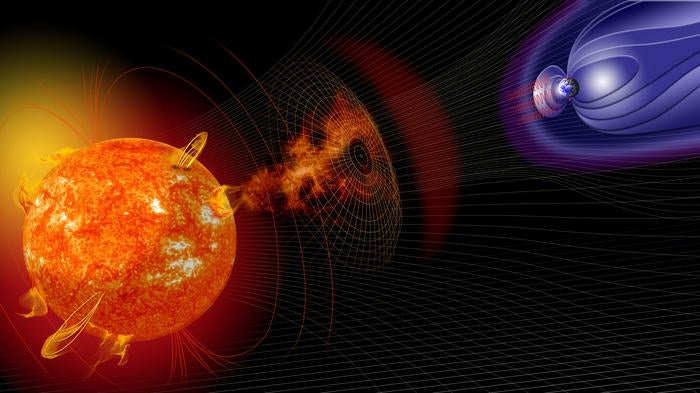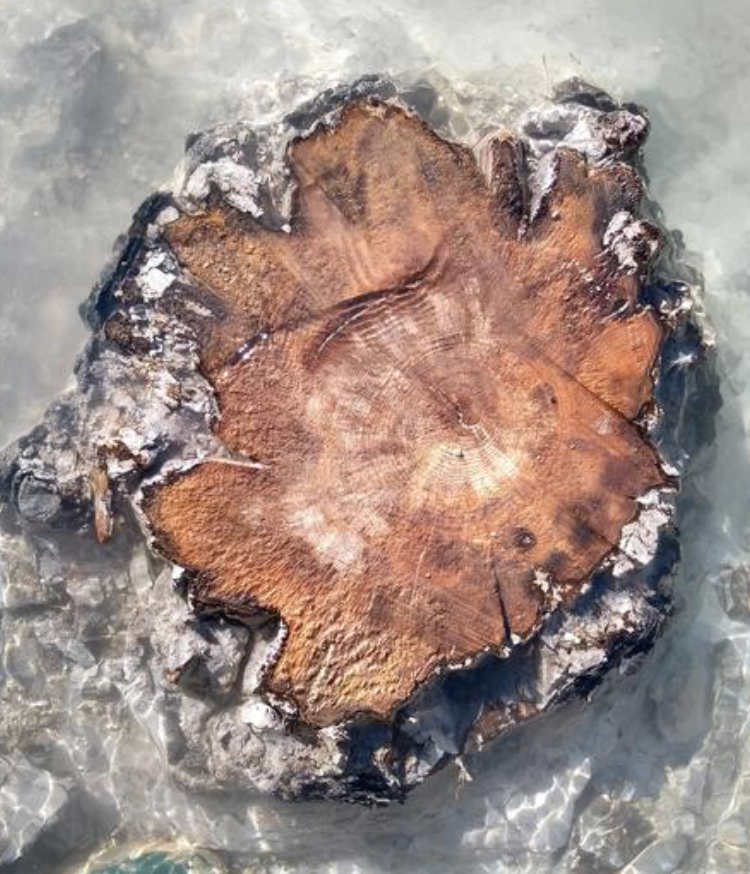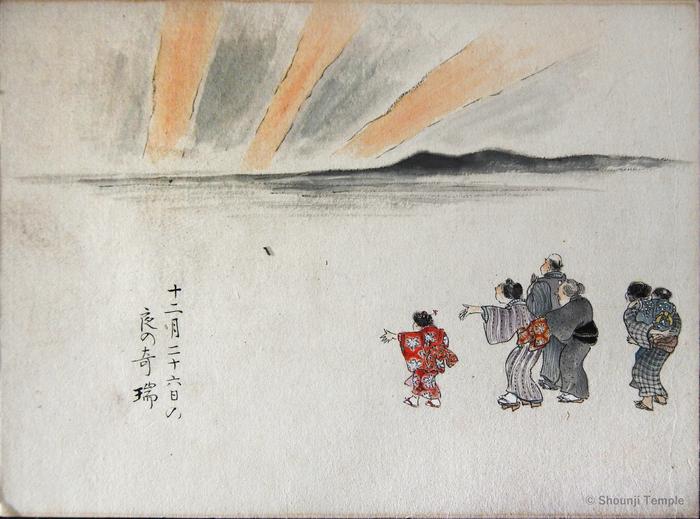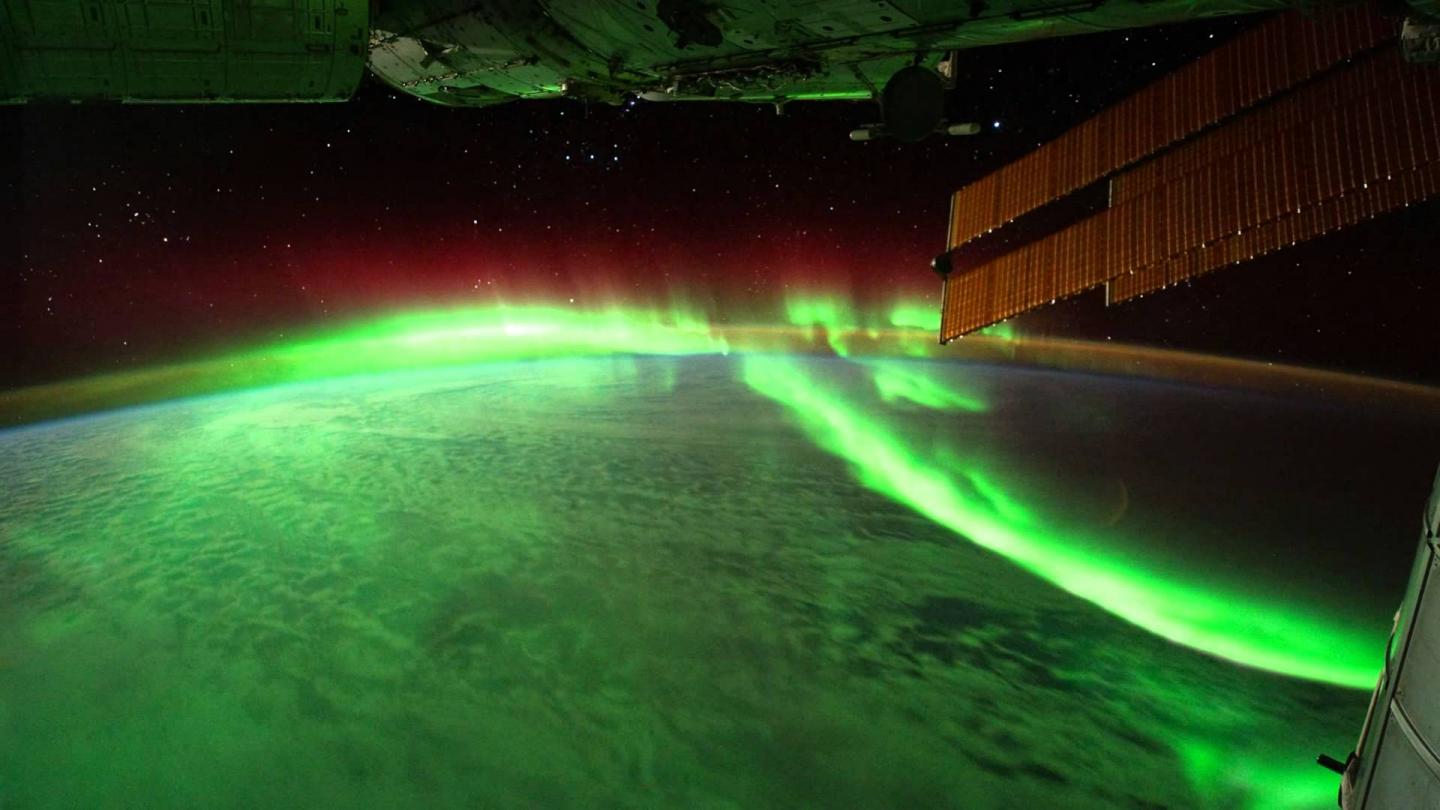Scientists find evidence of past solar storms that would have catastrophic impact on Earth today
New approach crucial to better understand risk and frequency of severe solar storms
Your support helps us to tell the story
From reproductive rights to climate change to Big Tech, The Independent is on the ground when the story is developing. Whether it's investigating the financials of Elon Musk's pro-Trump PAC or producing our latest documentary, 'The A Word', which shines a light on the American women fighting for reproductive rights, we know how important it is to parse out the facts from the messaging.
At such a critical moment in US history, we need reporters on the ground. Your donation allows us to keep sending journalists to speak to both sides of the story.
The Independent is trusted by Americans across the entire political spectrum. And unlike many other quality news outlets, we choose not to lock Americans out of our reporting and analysis with paywalls. We believe quality journalism should be available to everyone, paid for by those who can afford it.
Your support makes all the difference.Scientists discovered four extreme “solar superstorm” events that struck the Earth in the past, which, if they were to occur today, could damage satellites, electricity grids, and communications networks.
Solar storms arise as a flux of charged particles flung from the Sun, which when they impact Earth can cause magnetic and electric fluctuations around the planet resulting in the formation of spectacular auroras.
In more modern times, extreme solar storms can also disrupt power transmission, satellite functions, and are theorised to even affect global internet connections.
For instance, one of the strongest solar storms in documented history, which occurred in 1859, caused telegraph systems across Europe and North America to malfunction and spark into flames.

The new review of studies assessed existing research looking for signs of past solar storm events in ancient tree rings.
These studies use an emerging technique to detect such past cosmic events by analysing levels of radioactive form of carbon being produced in the atmosphere.
Whenever solar storms take place, radiocarbon levels spike far above natural levels, and this leaves a clear signature in tree rings as trees absorb carbon dioxide.
Using these rings as a “fingerprint”, scientists have been able to pinpoint the occurrence of past solar storms.

The first such attempt to accurately date solar storms using tree rings was done in 2012 by Japanese cosmic ray physicist Fusa Miyake.
Using the same approach, now, four more extreme solar storms are confirmed to have occurred in 993AD, 660BC, 5259BC and even 7176BC.

Similar storms today could be catastrophic to modern technological society as they may damage satellite systems and electricity grids, scientists warn.
The emerging new approach, uniting solar physicists, environmental scientists and archaeologists, is crucial to better understand the risk and frequency of such massive solar superstorms, researchers say.
“We foresee that the annually-resolved radiocarbon measurements will lead to a breakthrough in understanding of the nature of extreme solar eruptive events,” study author Ilya Usoskin from the University of Oulu in Finland.

As scientists learn more about past extreme solar storms from tree ring records, the knowledge can help plan for future events, they say.
Such intense solar storms are known to take place against a background of longer-term fluctuations in the Sun’s activity cycle.
However, the exact cause of these solar superstorms and their link to the better-understood sunspot cycles remains a mystery.
“Understanding extreme solar storms and sunspot cycles may hold the key to better predicting the activity of the Sun and related space weather,” researchers say.

Join our commenting forum
Join thought-provoking conversations, follow other Independent readers and see their replies
Comments